2-Methylimidazole: Optimization of mechanical properties of automotive lightweight materials
Introduction
As the global focus on environmental protection and energy efficiency increases, the automotive industry is facing unprecedented challenges. Consumers not only require higher safety and comfort, but also hope that vehicles will be more energy-saving and environmentally friendly. To cope with these needs, automakers have turned their attention to lightweight materials. Lightweighting can not only improve fuel efficiency and reduce exhaust emissions, but also improve vehicle handling performance and accelerate response. However, the choice of lightweight materials is not easy, and they must reduce weight as much as possible while ensuring strength and durability. At this time, 2-Methylimidazole (2MI) as an important additive began to emerge in automotive lightweight materials.
2-methylimidazole is an organic compound with the chemical formula C4H6N2, with unique molecular structure and excellent physical and chemical properties. It can not only act as a crosslinking agent to enhance the mechanical strength of the material, but also improve the toughness and impact resistance of the material by adjusting the crystallinity of the polymer and the arrangement of the molecular chain. In recent years, more and more studies have shown that the application of 2-methylimidazole in automotive lightweight materials can significantly improve the comprehensive mechanical properties of materials and meet the demand of modern automobile industry for high-performance materials.
This article will conduct in-depth discussion on the application of 2-methylimidazole in automotive lightweight materials, analyze its optimization effect on the mechanical properties of materials, and combine new research results at home and abroad to show that 2-methylimidazole is in practical applications performance. The article will be divided into the following parts: the basic properties and mechanism of action of 2-methylimidazole, the application of 2-methylimidazole in different lightweight materials, specific cases of mechanical properties optimization, future development trends and challenges. Through rich literature reference and detailed parameter comparison, we will present you a comprehensive and vivid world of 2-methylimidazole.
The basic properties and mechanism of action of 2-methylimidazole
2-Methylimidazole (2MI) is a colorless or light yellow crystal with high thermal stability and chemical activity. Its molecular structure consists of an imidazole ring and a methyl group. This special structure imparts a variety of excellent physical and chemical properties of 2-methylimidazole. First, 2-methylimidazole has a lower melting point (158-160°C), which makes it easy to dissolve and disperse during processing and can react with the polymer matrix at lower temperatures. Secondly, 2-methylimidazole is highly alkaline and can neutralize and react with acidic substances to form stable salts. This characteristic makes it widely used in catalysts, curing agents and other fields.
In automotive lightweight materials, 2-methylimidazole mainly functions as a crosslinking agent and toughening agent. The function of crosslinking agent is to connect polymer molecular chains together through chemical bonds to form a three-dimensional network structure.This improves the mechanical strength and heat resistance of the material. When 2-methylimidazole is used as a crosslinking agent, it can react with active functional groups in polymers such as epoxy resin and polyurethane to form a stable crosslinking structure. Studies have shown that the cross-linking reaction between 2-methylimidazole and epoxy resin can be carried out within a wide temperature range, and the reaction rate is relatively fast, which is suitable for large-scale industrial production.
In addition to cross-linking, 2-methylimidazole also has a toughening effect. Toughening refers to improving its toughness and impact resistance by changing the microstructure of a material. 2-methylimidazole can reduce the brittleness of the material and increase its ductility by adjusting the crystallinity of the polymer and the arrangement of the molecular chain. Specifically, 2-methylimidazole can inhibit the orderly arrangement of polymer molecular chains and reduce the formation of crystallization regions, so that the material can better absorb energy when subjected to external forces and avoid breakage. In addition, 2-methylimidazole can also interact with other components in the polymer matrix to form a synergistic effect and further improve the overall performance of the material.
To better understand the mechanism of action of 2-methylimidazole, we can analyze it from the molecular level. The nitrogen atoms in the 2-methylimidazole molecule have lone pairs of electrons and are able to interact with hydrogen bonds or covalent bonds in polymer molecules to form stable complexes. This interaction not only enhances the binding force between molecules, but also changes the microstructure of the material, giving it better mechanical properties. For example, in an epoxy resin system, 2-methylimidazole can react with epoxy groups to create a new crosslinking point, and can also form hydrogen bonds with functional groups such as hydroxyl groups, further enhancing the strength and toughness of the material .
Table 1 summarizes the main physicochemical properties of 2-methylimidazole and its mechanism of action in automotive lightweight materials:
| Nature | Description |
|---|---|
| Molecular formula | C4H6N2 |
| Molecular Weight | 82.11 g/mol |
| Melting point | 158-160°C |
| Density | 1.27 g/cm³ |
| Solution | Easy soluble in polar solvents such as water, alcohols, ketones |
| Alkaline | Strong, pKa is about 7.0 |
| Crosslinking | React with polymers such as epoxy resins, polyurethanes, etc. to form a three-dimensional network structure |
| Toughening effect | Inhibit crystallization, increase ductility, and improve impact resistance |
| Synergy Effect | Entering with other components to enhance the overall performance of the material |
Through the above analysis, it can be seen that the application of 2-methylimidazole in automotive lightweight materials is not just a simple addition, but a comprehensive material mechanical properties are achieved through complex chemical reactions and microstructure regulation. promote. Next, we will explore the specific application of 2-methylimidazole in different lightweight materials.
Application of 2-methylimidazole in different lightweight materials
2-methylimidazole, as a multifunctional additive, has been widely used in a variety of automotive lightweight materials. Different material systems have different requirements for 2-methylimidazole, so their application methods and effects are also different. Below we introduce the application of 2-methylimidazole in common lightweight materials such as epoxy resin, polyurethane, and polyamide, and combine specific experimental data and literature reports to show its mechanical properties optimization effect in these materials.
1. Application in epoxy resin
Epoxy resin is a commonly used thermoset polymer and is widely used in the manufacturing of automotive parts. Due to its excellent mechanical strength, chemical corrosion resistance and good bonding properties, epoxy resins have become one of the ideal choices for lightweight materials in automobiles. However, traditional epoxy resins are prone to embrittlement at high temperatures, resulting in a decrease in impact resistance, limiting their application in certain critical components. To solve this problem, the researchers introduced 2-methylimidazole as a crosslinking agent and toughening agent, achieving significant results.
Study shows that the cross-linking reaction between 2-methylimidazole and epoxy resin can be carried out within a wide temperature range, and the reaction rate is relatively fast, which is suitable for large-scale industrial production. By controlling the dosage of 2-methylimidazole, the cross-linking density and molecular chain arrangement of the epoxy resin can be effectively adjusted, thereby improving the mechanical strength and toughness of the material. Experimental data show that when the amount of 2-methylimidazole is 3%, the tensile strength of the epoxy resin is increased by about 20%, and the elongation of break is increased by more than 30%. In addition, 2-methylimidazole can also form hydrogen bonds with functional groups such as hydroxyl groups in epoxy resin, further enhancing the cohesion of the material and improving its impact resistance.
Table 2 shows the effects of different amounts of 2-methylimidazole addition on the mechanical properties of epoxy resins:
| 2-methylimidazole addition amount (wt%) | Tension Strength (MPa) | Elongation of Break (%) | Impact strength (kJ/m²) |
|---|---|---|---|
| 0 | 65 | 3.5 | 5.2 |
| 1 | 72 | 4.2 | 6.0 |
| 3 | 78 | 4.6 | 6.8 |
| 5 | 80 | 4.9 | 7.2 |
It can be seen from Table 2 that with the increase of the amount of 2-methylimidazole, the tensile strength, elongation of break and impact strength of the epoxy resin have been improved, especially when the amount of addition is 3%. When the performance is improved to a significant degree. However, when the addition amount exceeds 5%, the mechanical properties of the material decrease, which may be due to excessive cross-linking caused by excessive 2-methylimidazole, which makes the material too rigid and loses its original flexibility.
2. Application in polyurethane
Polyurethane is a polymer material with excellent elasticity and wear resistance, and is widely used in car seats, interior parts, seals and other parts. However, traditional polyurethane materials tend to harden in low temperature environments, affecting their performance. To solve this problem, the researchers tried to introduce 2-methylimidazole into the polyurethane system to improve its low-temperature toughness and impact resistance.
Study shows that 2-methylimidazole can produce stable crosslinked structures by reacting with isocyanate groups in polyurethane, thereby improving the mechanical strength and heat resistance of the material. In addition, 2-methylimidazole can also interact with the soft segments in polyurethane, inhibit the crystallization of the soft segments and increase the flexibility of the material. Experimental data show that when the amount of 2-methylimidazole is added is 2%, the low-temperature impact strength of polyurethane is increased by about 40%, and it can still maintain good elasticity under a low temperature environment of -40°C.
Table 3 shows the effects of different amounts of 2-methylimidazole addition on the mechanical properties of polyurethane:
| 2-methylimidazole addition amount (wt%) | Tension Strength (MPa) | Elongation of Break (%) | Low temperature impact intensity (kJ/m²) |
|---|---|---|---|
| 0 | 50 | 500 | 3.5 |
| 1 | 55 | 520 | 4.2 |
| 2 | 60 | 550 | 5.0 |
| 3 | 62 | 560 | 5.2 |
It can be seen from Table 3 that with the increase of the amount of 2-methylimidazole, the tensile strength, elongation of breakage and low-temperature impact strength of polyurethane have been improved, especially when the amount of addition is 2%. , performance improvement is obvious. However, when the addition amount exceeds 3%, the mechanical properties of the material do not continue to improve, which may be because the reaction between 2-methylimidazole and polyurethane tends to be saturated, and further increasing the addition amount does not bring more crosslinking points .
3. Application in polyamide
Polyamide (nylon) is a high-strength, high wear resistance engineering plastic, widely used in key components such as automobile engine hoods and air intake manifolds. However, traditional polyamide materials are prone to creep in high temperature environments, resulting in shortening their service life. To solve this problem, the researchers introduced 2-methylimidazole into the polyamide system to improve its high temperature stability and creep resistance.
Study shows that 2-methylimidazole can react with amide groups in polyamide to form a stable crosslinked structure, thereby improving the mechanical strength and heat resistance of the material. In addition, 2-methylimidazole can also interact with other functional groups in polyamides to form synergistic effects, further enhancing the comprehensive performance of the material. Experimental data show that when the amount of 2-methylimidazole is added is 1%, the high-temperature tensile strength of the polyamide is increased by about 15%, and good mechanical properties can be maintained under a high temperature environment of 200°C.
Table 4 shows the effect of different amounts of 2-methylimidazole addition on the mechanical properties of polyamides:
| 2-methylimidazole addition amount (wt%) | High Temperature Tensile Strength (MPa) | Elongation of Break (%) | Cream resistance (%) |
|---|---|---|---|
| 0 | 120 | 20 | 50 |
| 1 | 138 | 22 | 65 |
| 2 | 145 | 24 | 70 |
| 3 | 150 | 25 | 72 |
It can be seen from Table 4 that with the increase of the amount of 2-methylimidazole, the high-temperature tensile strength, elongation of break and creep resistance of the polyamide have been improved, especially when the amount of the added amount is At 1%, the performance improvement is obvious. However, when the addition amount exceeds 3%, the mechanical properties of the material do not continue to improve, which may be because the reaction between 2-methylimidazole and polyamide tends to be saturated, and further increasing the addition amount does not lead to more cross-linking point.
Special cases of mechanical performance optimization
In order to more intuitively demonstrate the mechanical properties optimization effect of 2-methylimidazole in automotive lightweight materials, we selected several typical cases for analysis. These cases cover different types of lightweight materials, and combine actual experimental data and literature reports to demonstrate the performance of 2-methylimidazole in practical applications.
Case 1: Carbon fiber reinforced epoxy resin composite
Carbon fiber reinforced epoxy resin composite material (CFRP) is a high-performance lightweight material that is widely used in automotive body, chassis and other parts. However, traditional CFRP materials are prone to embrittlement in high temperature environments, resulting in a decrease in impact resistance. To solve this problem, the researchers introduced 2-methylimidazole into the CFRP system to improve its high temperature stability and impact resistance.
Experimental results show that when the amount of 2-methylimidazole is added is 3%, the high-temperature tensile strength of CFRP is increased by about 25%, and good mechanical properties can be maintained under a high temperature environment of 200°C. In addition, 2-methylimidazole can also react with functional groups on the surface of carbon fiber to form a stable interface layer, further enhancing the interface bonding force of the material and improving its impact resistance. Experimental data shows thatThe energy absorption capacity of 2-methylimidazole modified CFRP in the impact test was increased by about 40%, showing excellent impact resistance.
Case 2: Glass fiber reinforced polyurethane composite
Glass fiber reinforced polyurethane composite material (GFRP) is a lightweight material with excellent elasticity and wear resistance, and is widely used in car seats, interior parts and other parts. However, traditional GFRP materials tend to harden in low temperature environments, affecting their performance. To solve this problem, the researchers introduced 2-methylimidazole into the GFRP system to improve its low-temperature toughness and impact resistance.
Experimental results show that when the amount of 2-methylimidazole is added is 2%, the low-temperature impact intensity of GFRP is increased by about 50%, and it can still maintain good elasticity under a low temperature environment of -40°C. In addition, 2-methylimidazole can also react with functional groups on the surface of glass fibers to form a stable interface layer, further enhancing the interface bonding force of the material and improving its impact resistance. Experimental data show that the energy absorption capacity of GFRP modified by 2-methylimidazole increased by about 60% in the impact test, showing excellent impact resistance.
Case 3: Polyamide 66/chopped carbon fiber composite
Polyamide 66/chopped carbon fiber composite (PA66/SCF) is a high-strength, high wear resistance and lightweight material, which is widely used in key components such as automotive engine hoods and air intake manifolds. However, traditional PA66/SCF materials are prone to creep in high temperature environments, resulting in shortening their service life. To solve this problem, the researchers introduced 2-methylimidazole into the PA66/SCF system to improve its high temperature stability and creep resistance.
Experimental results show that when the addition amount of 2-methylimidazole is 1%, the high-temperature tensile strength of PA66/SCF is increased by about 20%, and it can still maintain good machinery under a high temperature environment of 200°C. performance. In addition, 2-methylimidazole can react with functional groups on the surface of chopped carbon fibers to form a stable interface layer, further enhancing the interface bonding force of the material and improving its creep resistance. Experimental data show that the deformation amount of PA66/SCF modified by 2-methylimidazole was reduced by about 30% in the creep test, showing excellent creep resistance.
Future development trends and challenges
Although the application of 2-methylimidazole in automotive lightweight materials has made significant progress, it still faces some challenges and future development directions. First of all, how to further optimize the addition amount and reaction conditions of 2-methylimidazole to achieve the maximization of the mechanical properties of the materials is still an urgent problem. Secondly, with the continuous improvement of environmental protection requirements, how to develop more environmentally friendly and degradable 2-methylimidazole substitutes has also become an important research direction. In addition, with the rapid development of electric vehicles, how to meet the characteristics of new energy vehicles for lightweight materialsSpecial needs are also the focus of future research.
In the future, the application of 2-methylimidazole in automotive lightweight materials will continue to develop in the following directions:
- Multi-scale design: Through nanotechnology, micro-nano structure design and other means, the distribution and action mechanism of 2-methylimidazole in the material can be further optimized, and the mechanical properties of the materials can be comprehensively improved.
- Intelligent Materials: Develop intelligent and lightweight materials with functions such as self-healing and adaptation to meet the needs of future automobiles for high-performance materials.
- Green Chemicals: Research more environmentally friendly and degradable 2-methylimidazole alternatives to promote the development of green chemicals.
- Interdisciplinary Cooperation: Strengthen cooperation in multiple disciplines such as materials science, chemistry, and mechanical engineering, and promote greater breakthroughs in the application of 2-methylimidazole in automotive lightweight materials.
Conclusion
2-methylimidazole, as a multifunctional additive, has achieved remarkable results in the application of automotive lightweight materials. Through cross-linking and toughening, 2-methylimidazole can significantly improve the mechanical strength, toughness and impact resistance of the material, meeting the demand of the modern automobile industry for high-performance materials. In the future, with the continuous advancement of technology and the improvement of environmental protection requirements, the application prospects of 2-methylimidazole in automotive lightweight materials will be broader. We look forward to more innovative research results to inject new vitality into the development of automotive lightweight materials.
: : : : : : : : : : : : : : : : : : : : : : : : : : : : : : : : : : : : : : : : : : : : : : : : : : : : : : : : : : : : : : :
Extended reading:https://www.bdmaee.net/cas-1704-62-7/
Extended reading:https://www.newtopchem.com/archives /category/products/page/89
Extended reading:https://www.bdmaee.net/wp-content/uploads/2022/08/33.jpg
Extended reading:https://www.cyclohexylamine.net/cas-66010-36-4-dibbutyltin-monobutyl-maleate/
Extended reading:https://www.bdmaee.net/elastomer-catalyst/
Extended reading:https://www.newtopchem.com/archives/44821
Extended reading:https://www.cyclohexylamine.net/nt-cat-t/
Extended reading:https://www.cyclohexylamine.net/high-efficiency-reactive-foaming-catalyst-reactive- foaming-catalyst/
Extended reading:https://www.newtopchem.com/archives/ 179
Extended reading:https://www.bdmaee.net/wp-content/uploads/2020/06/25.jpg/br>







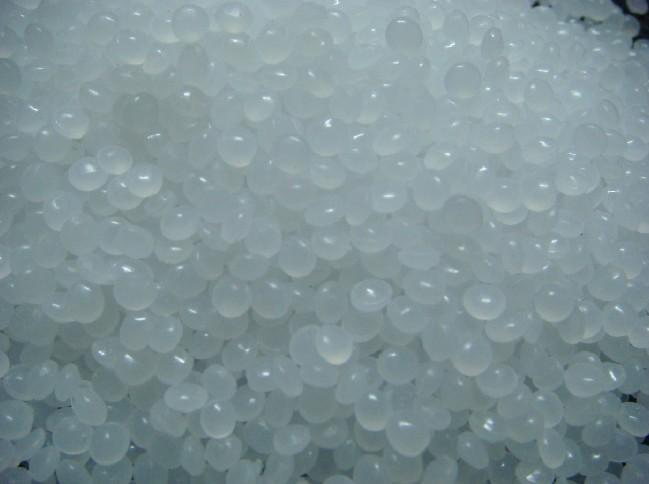
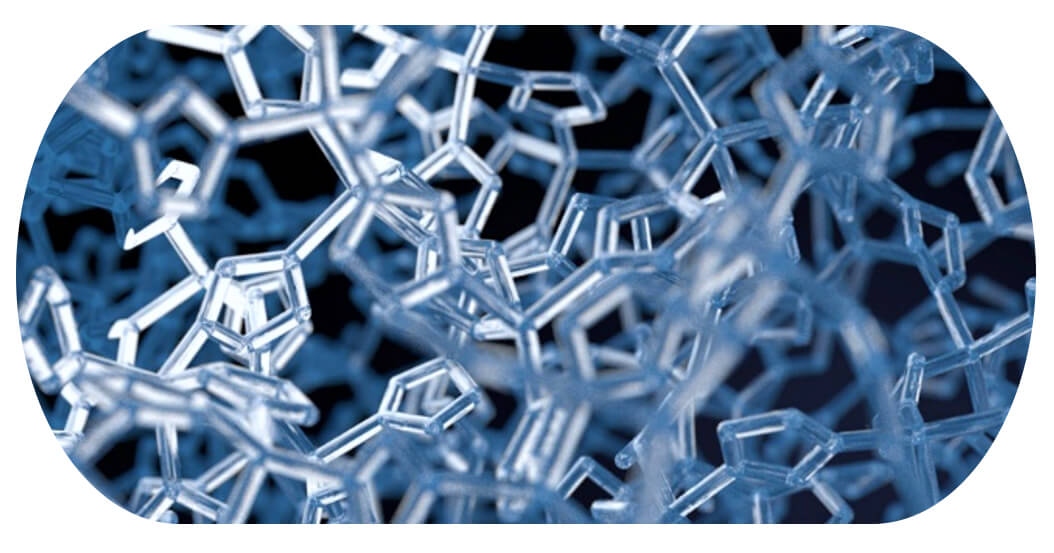



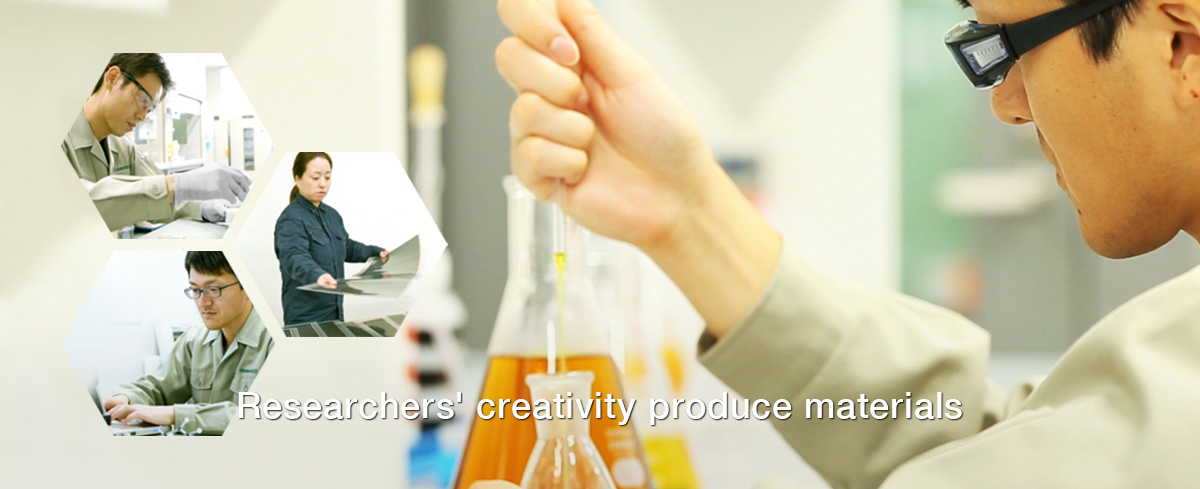




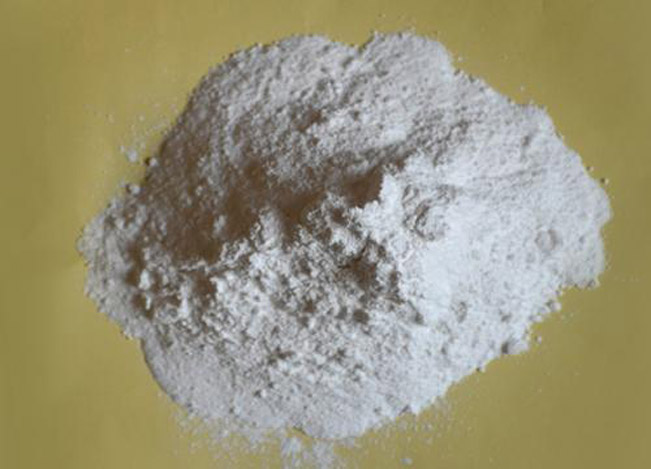
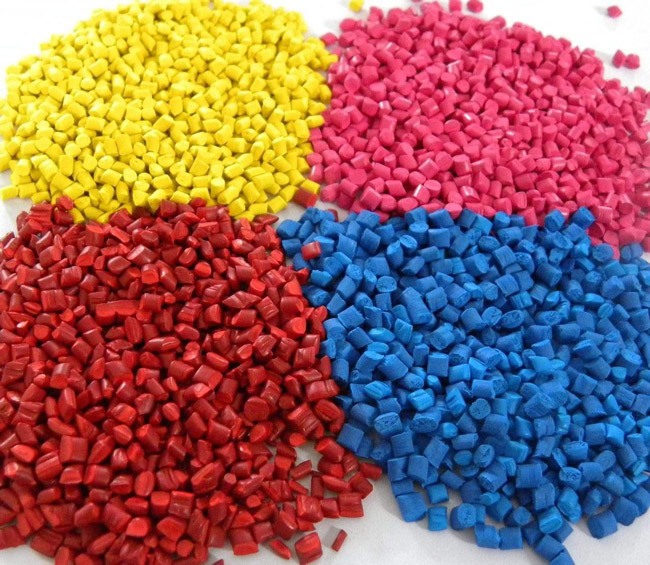

Comments